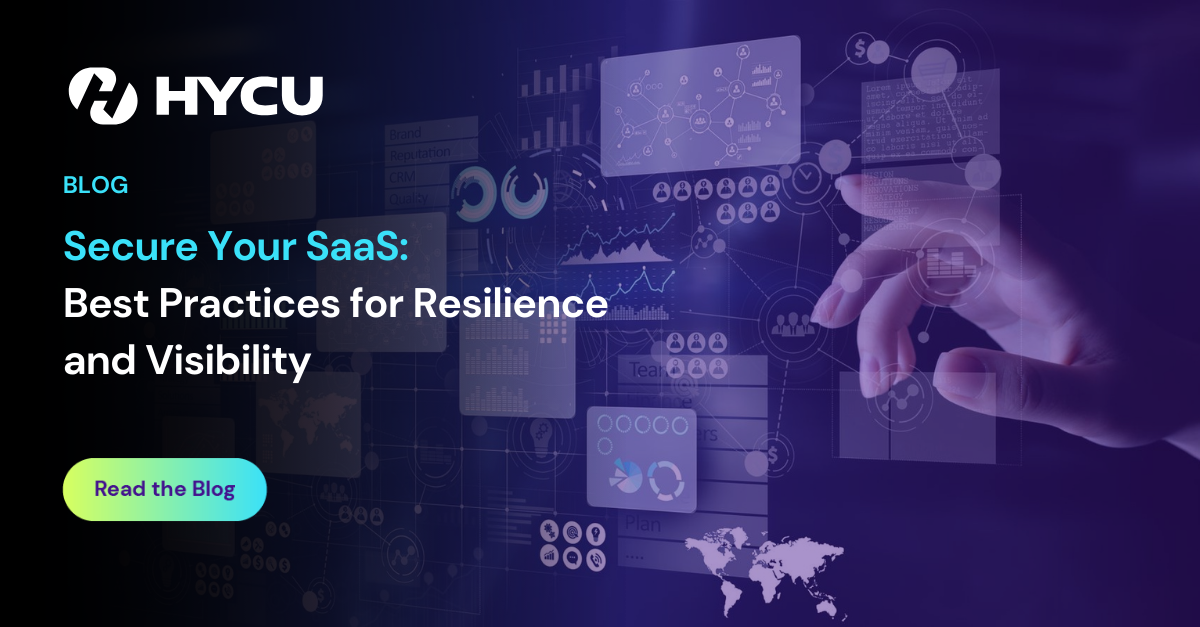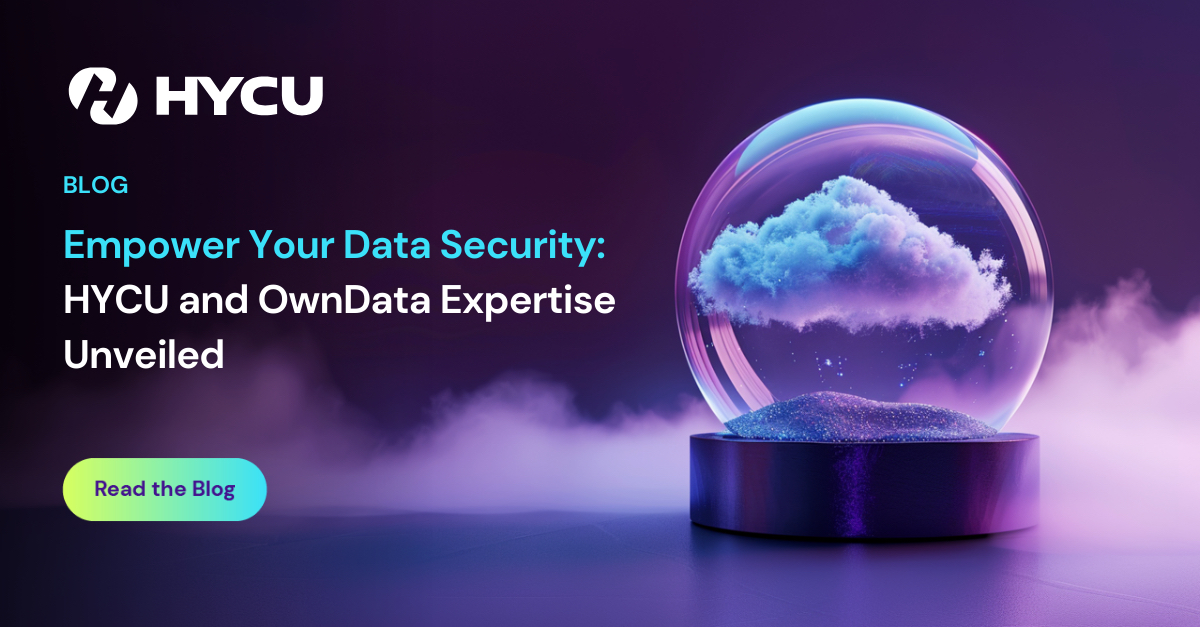Nutanix MP Part One: Hyperconverged infrastructure and the monitoring conundrum
In the last decade, the IT industry has been bandying about buzzwords like big data, cloud, virtualization and high availability. Applications started to flood storage with tons of generated data from various sources, such as social media, phone sensors, security cameras and countless others. Since the exponential growth of data, IT managers are forced to frequently expand storage capacity and increase processing power and network bandwidth, but it can be challenging to maintain optimal performance and balance all three segments. More than ever, it has become difficult for CIOs to predict future resource needs so the CFO can determine expenses and allocate an IT budget for the upcoming fiscal year.
An answer to these issues are hyperconverged systems
Hyperconverged systems are designed to be robust, with preconfigured storage, memory and processing power packed together in the same appliance. Companies like Nutanix are leading the charge, creating systems that consist of multiple underlying hyperconverged appliances that together form a cluster, exposing a virtualization hypervisor designed to provide processing based on a distributed filesystem. If a hyperconverged node goes down, the virtual machines that were served by this node seamlessly start on another node. End users that are using a service provided by these virtual machines will likely not notice a disruption in service. The true value of hyperconverged systems is that they are simple to maintain, self-healing, highly scalable, highly available and offer fast processing of stored data.
At a first glance, there seems to be no gaps that would need special attention from IT managers to ensure around the clock availability and excellent performance of the applications served in a hyperconverged infrastructure. But these days, hyperconverged clusters are being replicated to another data center location or to the cloud, and there are multiple infrastructure components that are not in control of the hyperconverged infrastructure. While these may not impact the end user, IT needs to be notified immediately about any issues, whether it’s internal to the device or from an external component.
IT should have the ability to receive alerts, visualize performance trends and monitor use of the device as part of their everyday activities.
For example, IT managers should know the answers to these questions:
- Which system components are in a critical state?
- Which virtual machines (VMs) are consuming the most resources (CPU, memory, storage, IOPS, etc.)?
- Is the device or any components reaching their capacity?
- Which critical business applications are running on the VMs?
In the words of The Beach Boys “Wouldn’t It Be Nice” to see all that information in an operational console, along with other IT monitors and alerts, without switching between specialized standalone tools?
Comtrade is bringing the Nutanix appliance monitoring into standard IT monitoring processes by launching the Nutanix Management Pack for Microsoft Systems Center Operation Manager (SCOM). This solution will enable IT teams to monitor all aspects of the Nutanix appliance and provide visibility into the VMs and the health of nodes, clusters, storage, data protection and replication status to proactively alert IT of any issues that could impact the business. It will also identify components with the highest resource consumption using dashboard views. Additionally, application awareness discovers the role of the VM by identifying the business critical applications that it is running – in the initial release, this will include Citrix XenApp/Xen Desktop with Microsoft Exchange, Skype for Business, SQL Server and more to come in later releases.
Hyperconverged infrastructure is revolutionizing the data center because of its simplicity, scalability and resiliency, and now IT has the ability to manage and monitor the device within an enterprise monitoring framework.
Want in on the action? Sign up for the Nutanix MP.






